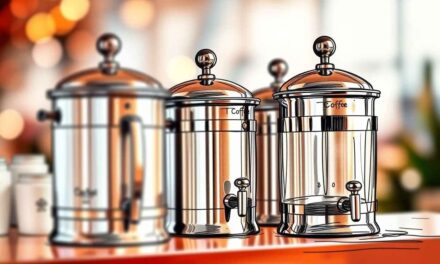Introduction
Ever wondered why your morning brew sometimes tastes bitter or lacks clarity? The secret might lie in your coffee filter! Often overlooked, coffee filters play a starring role in shaping your coffee’s flavor, aroma, and texture. In this guide, we’ll spill the beans on everything you need to know about coffee filters—from types and eco-friendly options to pro tips for the perfect cup. Let’s dive in!
What Are Coffee Filters? (And Why Do They Matter?)
Coffee filters are porous barriers that separate coffee grounds from the liquid, ensuring your cup is smooth and grit-free. But not all filters are created equal! The material and design impact flavor extraction, environmental footprint, and even brewing speed.
Types of Coffee Filters: Which One’s Right for You?
- Paper Filters
- Pros: Affordable, disposable, and great for trapping oils and fine particles (ideal for a clean, bright cup).
- Cons: Can impart a papery taste if not rinsed first. Not eco-friendly.
- Best for: Pour-over, drip coffee makers.
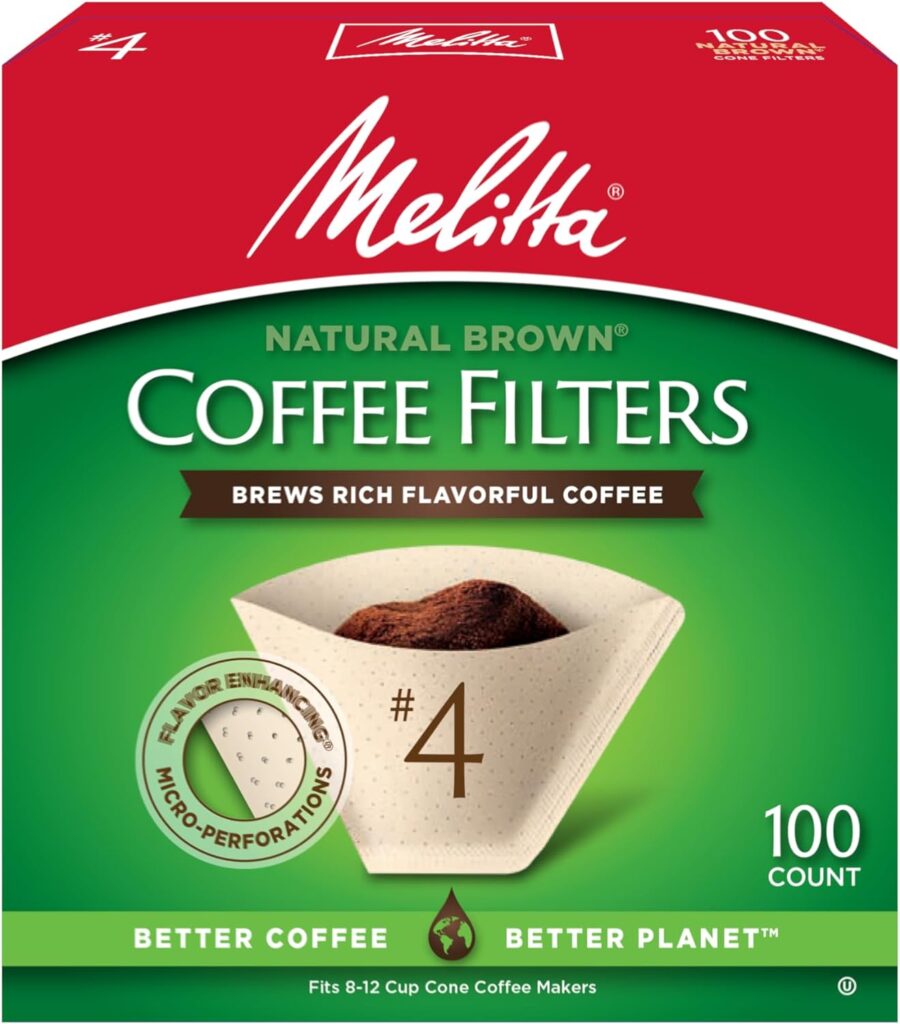
- Metal Filters (Reusable)
- Pros: Durable, eco-friendly, and allow oils to pass through (creates a richer, fuller-bodied brew).
- Cons: May let sediment through; requires thorough cleaning.
- Best for: French press lovers or eco-conscious brewers.
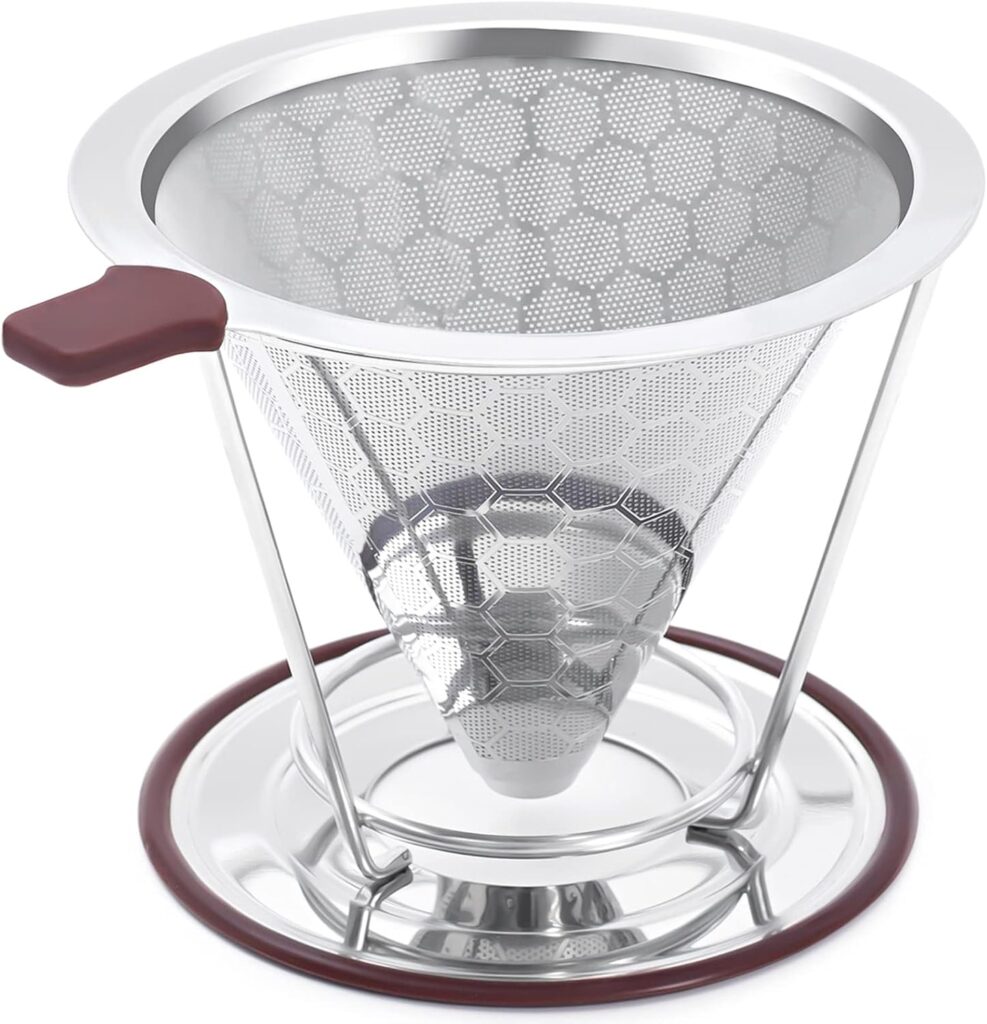
- Cloth Filters
- Pros: Reusable and offer a balance between paper and metal—smooth yet flavorful.
- Cons: High maintenance (must be stored in water to prevent mold).
- Best for: Traditional pour-over methods like the “sock” filter.
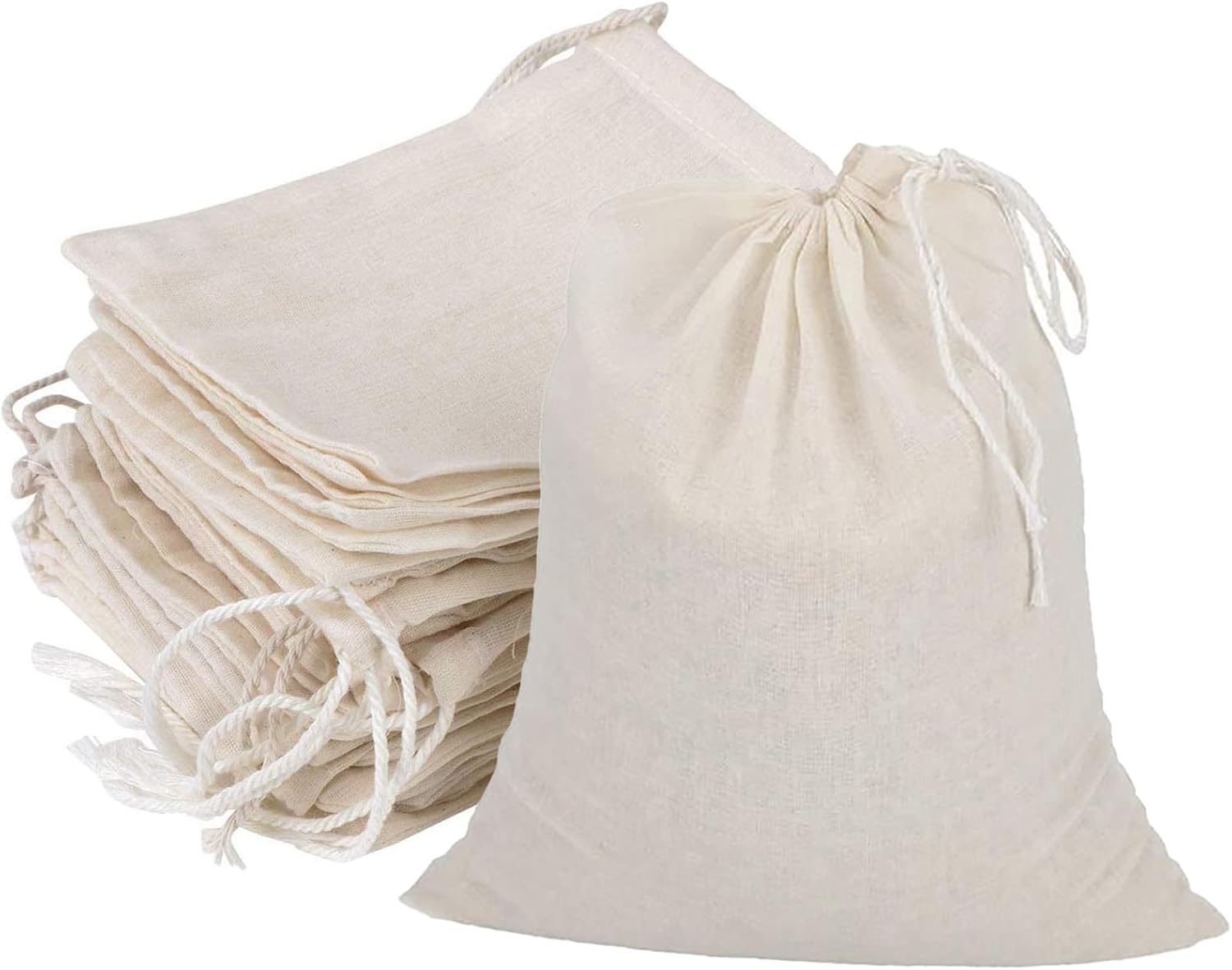
- Nylon/Mesh Filters
- Pros: Budget-friendly and reusable.
- Cons: Less durable than metal; may retain odors.
- Best for: AeroPress or single-serve brewers.
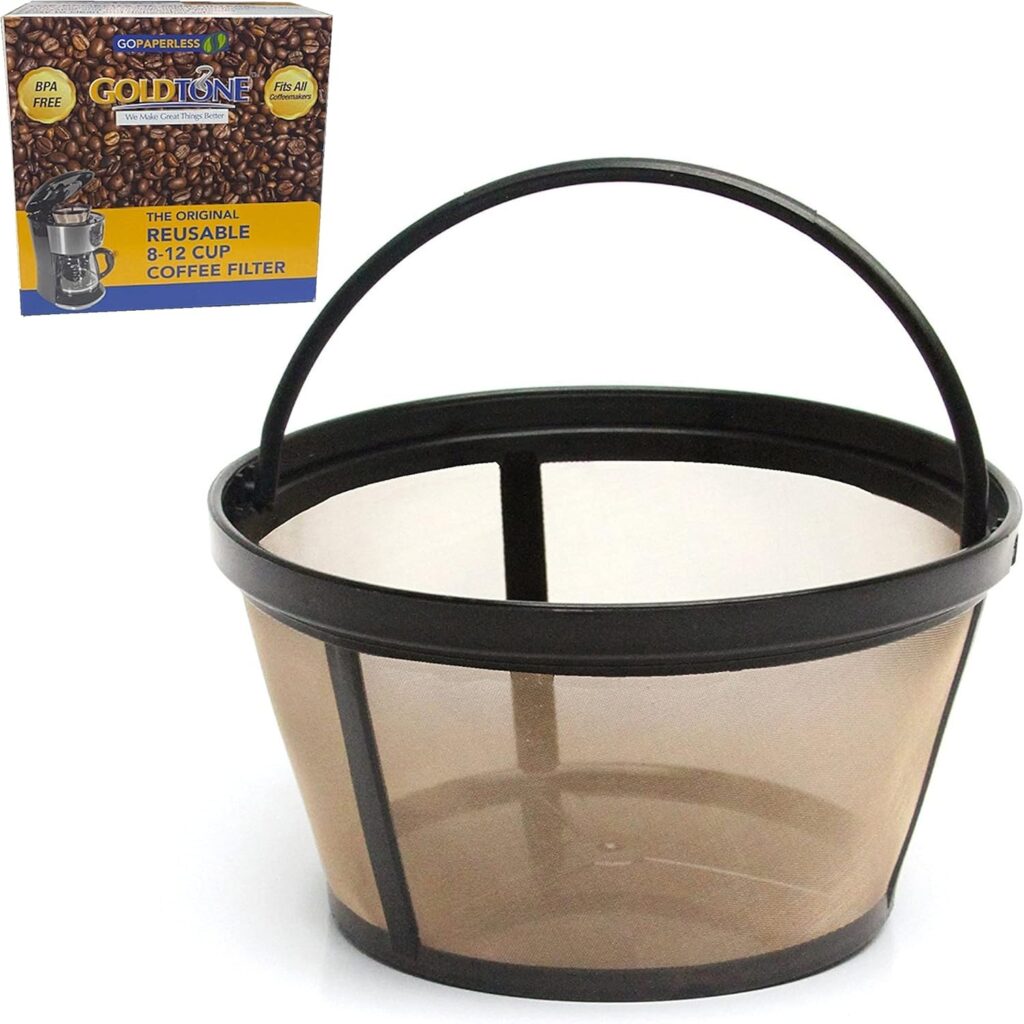
How to Choose the Perfect Coffee Filter
Ask yourself:
- Brew Method: Match the filter to your equipment (e.g., Chemex needs thick paper filters).
- Taste Preference: Prefer crisp coffee? Go paper. Love boldness? Try metal.
- Convenience: Prioritize speed? Disposable paper wins.
- Eco-Friendliness: Reusable metal or cloth filters reduce waste.
Pro Tips for Coffee Filter Mastery
- Rinse Paper Filters: Eliminate paper taste by pre-rinsing with hot water.
- Clean Reusables Thoroughly: Soak metal/cloth filters in vinegar monthly to prevent residue buildup.
- Experiment with Brands: Thicker paper filters (like Chemex) slow extraction for better flavor.
- Go Compostable: Opt for unbleached, biodegradable paper filters if you’re eco-minded.
Eco-Friendly Coffee Filters: Save the Planet, One Cup at a Time
Did you know 150 million disposable coffee filters end up in landfills daily? Switching to reusable metal or cloth filters slashes waste and saves money long-term. If you prefer paper, choose unbleached, compostable options!
Final Brew-tiful Thoughts
Your coffee filter is the unsung hero of your daily brew. Whether you’re team paper, metal, or cloth, understanding your filter helps you craft a cup that’s exactly your style. Ready to experiment? Tag us in your coffee adventures with #PerfectBrew!
Loved this guide? Share it with a fellow coffee addict! ☕❤️
FAQs About Coffee Filters
- Q: Can I reuse paper coffee filters?
A: Not recommended—they tear easily and lose effectiveness.
- Q: Do metal filters change the coffee’s taste?
A: Yes! They allow oils through, creating a bolder, more complex cup.





